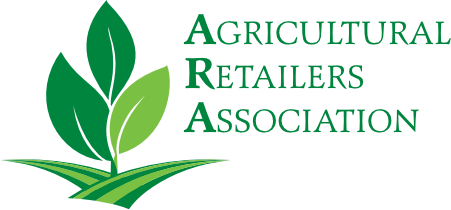Helping Customers With Fall Soybean Weed Control
Oct 08 2021
As harvest gets underway in the Midwest, you and your customers may start to notice weed patches in their fields. Whether those are escapes from spring or newly emerging winter annuals, performing some fall soybean weed control measures could set your farmers up nicely for the 2022 season.
Fall Weed Control Benefits
Corteva Agriscience field scientist Joe Armstrong recommends fall weed control for two big reasons.
“Fall soybean weed control is successful because the weeds are smaller and there are additional herbicide options available,” he explains. “By controlling weeds in the fall when they are small, growers will have less weed pressure to deal with in the spring, allowing them to start the year clean and begin planting earlier as soils warm up.”
Allowing weeds to overwinter can leave a farmer with a mess in spring. Controlling the weeds in fall can help keep seeds out of the weed seedbank. Armstrong says there are several varieties that fall control measures can (and should) target.
“Marestail is one of the main weeds that is often easier to control in the fall rather than the following spring,” he says. “Other winter weeds and perennials — such as henbit, field pennycress, annual bluegrass, Italian ryegrass and dandelion — can also be effectively controlled with fall burndown applications.”
Tips for Fall Weed Control
Armstrong’s No. 1 tip for fall soybean weed control is to make a burndown herbicide application, if timing allows, and he says Elevore® herbicide is a great choice for controlling difficult weeds like marestail. He says you’ll want to make sure the conditions are just right for an application.
“Fall burndown applications should be made after weeds have emerged and when they are actively growing, but before the weather gets cold and weeds harden off for the winter,” Armstrong explains.
Armstrong says you could add cultural practices like tillage into the mix as well, but only if the soil isn’t too wet or frozen. “Fall tillage should only done when conditions are appropriate to avoid creating compaction,” he says.
If you’re in an area experiencing drought or dry weather this year, Armstrong says, your farmers may be able to pull back on their fall weed control a little bit. “Under drought or dry conditions, it is likely that there will be less weed germination and lower weed populations present in the fall. You’ll want to scout carefully to understand where the fields will benefit most from a fall application,” he says.
Armstrong says taking some steps now can help set your customers up for success in spring, because timely planting and clean fields ultimately lead to higher soybean yield potential.
